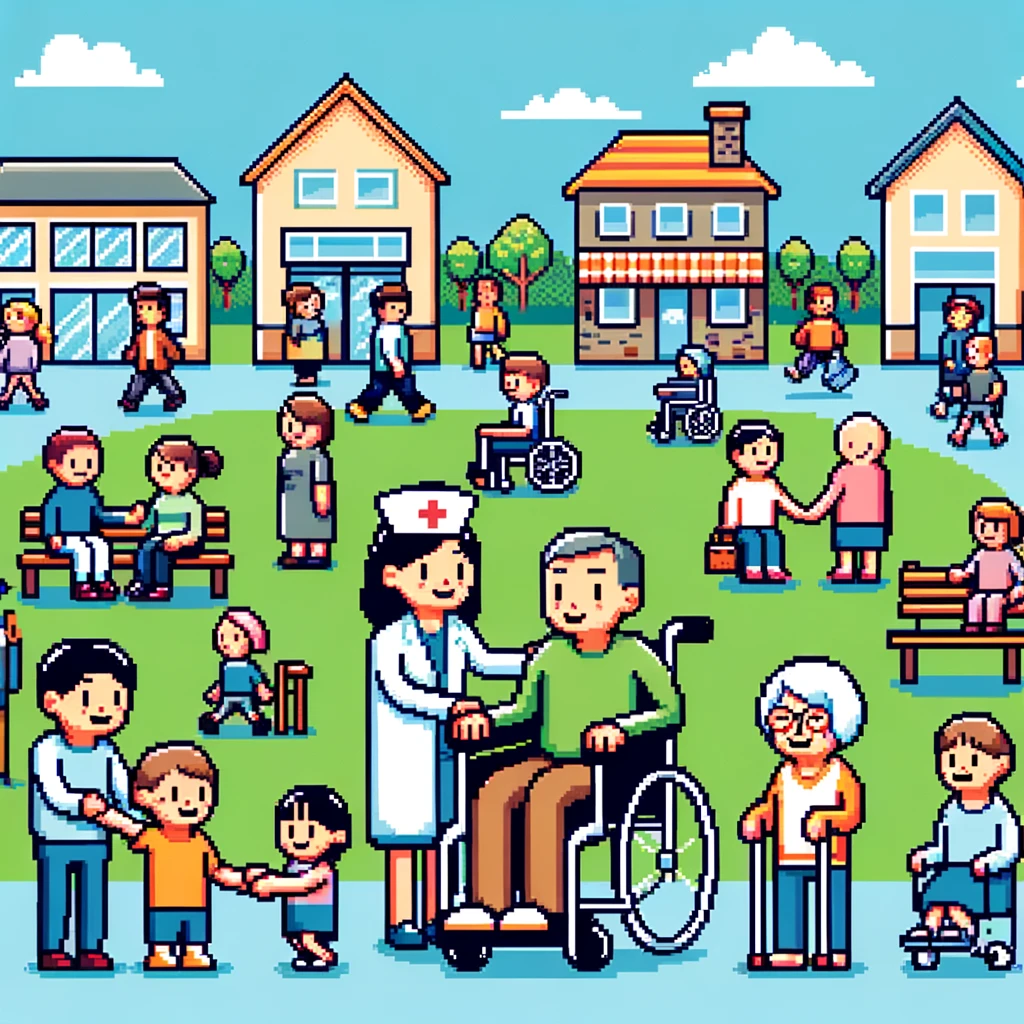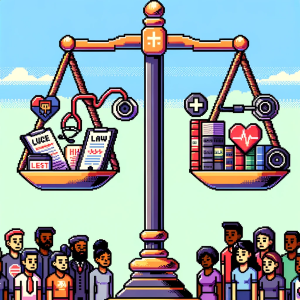
Olmstead Decision: A Step Towards Health Equity
It’s coming up on the 25th anniversary of the landmark Supreme Court case Olmstead v. L.C.This significant milestone in the journey toward a more just and equitable public health system in the United States. This decision, rooted in the Americans with Disabilities Act (ADA), continues to shape how we think about disability rights and community-based care. By understanding this case, we can better appreciate its impact on social justice and health equity.
The Story Behind Olmstead v. L.C.
Imagine being confined to a hospital for years, even though you could live in your community with proper support. This was the reality for Lois Curtis and Elaine Wilson, two women with mental disabilities. They were kept in a Georgia psychiatric hospital despite medical professionals recommending community-based care. Frustrated by their confinement, they took their case to court.
The Supreme Court’s Decision
The Supreme Court ruled in favor of Curtis and Wilson, stating that unnecessary institutionalization of people with disabilities is a form of discrimination. This decision was based on the ADA, which requires public entities to provide services in the most integrated setting appropriate to the needs of individuals with disabilities.
Implications for Social Justice
The Olmstead decision is a victory for social justice, emphasizing the right of individuals with disabilities to live and receive care in their communities. It challenges the systemic barriers that have long marginalized people with disabilities and promotes their inclusion in society.
Health Equity and Public Health
Health equity means that everyone has a fair and just opportunity to be as healthy as possible. The Olmstead decision advances health equity by ensuring that people with disabilities have access to the same opportunities and services as everyone else. It recognizes that institutionalizing people with disabilities often leads to poorer health outcomes and diminished quality of life.
A More Inclusive Public Health System
The Olmstead decision encourages the development of a public health system that values community-based care over institutionalization. This shift is essential for creating a more inclusive society where people with disabilities can thrive.
Challenges and Progress
Despite the progress made since the Olmstead decision, challenges remain. Many states still struggle to provide adequate community-based services, and people with disabilities often face long waiting lists for care. However, the decision has led to increased advocacy and policy changes that continue to improve access to community-based services.
The Role of Public Health Professionals
Public health professionals play a crucial role in implementing the principles of the Olmstead decision. By advocating for policies that support community-based care and addressing the social determinants of health, they can help create a more equitable health system.
Hey, let us know your thoughts in the comments below!
- How can public health professionals advocate for better community-based services for people with disabilities?
- What are the barriers to implementing the Olmstead decision fully, and how can we overcome them?
Conclusion
The Olmstead v. L.C. decision is more than a legal ruling; it is a call to action for a more inclusive and equitable public health system. By understanding and embracing its principles, we can work towards a society that respects the rights and dignity of all its members.
Stay Ahead in Public Health – Get Your Weekly Update!
Want to be a leader in health? “This Week in Public Health” gives you key updates every week. Our newsletter shares news on the latest breakthroughs and projects, helping you stay informed. Subscribe for free and help shape the future of public health today!
About the Author
Jon Scaccia, with a Ph.D. in clinical-community psychology and a research fellowship at the US Department of Health and Human Services with expertise in public health systems and quality programs. He specializes in implementing innovative, data-informed strategies to enhance community health and development. Jon helped develop the R=MC² readiness model, which aids organizations in effectively navigating change.



